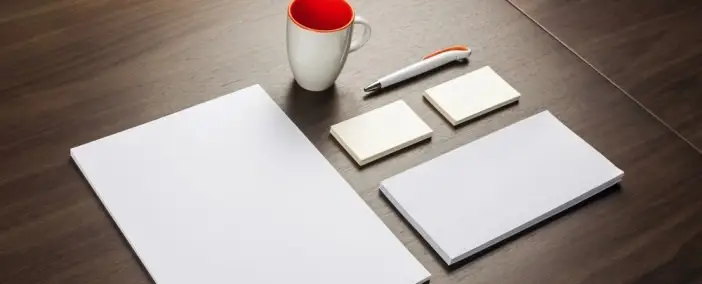Go Beyond A Resume And Create A Career Portfolio

To capture your accomplishments, why not spend some time creating a career portfolio?
What is a portfolio?
A portfolio is a professional scrapbook of sorts where you can neatly store any and all artifacts of your past work and volunteer experience. While traditionally people use binders, you could also create an online portfolio with documents to download, or links to work you’ve done online.
Your full portfolio could include artifacts you’ve saved, like copies of work and writing samples, thank-you notes that speak to your impact, survey results, white papers you’ve written, meeting agendas and training outlines you’ve created, action plans you’ve implemented, photos and screenshots of your work in action, volunteer position descriptions you’ve drafted, policies you’ve written and more.
You can divide your portfolio into sections that work for you, for example:
- An introduction that includes your most recent position description and positive performance review, your resume, and general letters of recommendation.
- A section for each transferable skill set with a cover page featuring photos of you in action followed by related work samples and what you’ve been able to accomplish as a result of your skills.
- Think broadly about what skill sets you possess — you can include skills you’ve built through travel and personal experiences (such as developing a travel itinerary, managing your family’s budget and purchasing, redesigning your child’s bedroom, etc.).
- An education section (if relevant to you) with academic artifacts such as transcript(s), certification(s), relevant course or workshop descriptions, published academic papers, reflections, etc. (Note that any professional experience that you gained during college or grad school you can present in your skill set section.)
- Other sections such as awards, hobbies, news clippings about you and your work.
How can I use a portfolio?
To a job interview, bring a mini-portfolio with items only relevant to the position. You can use a small presentation folder — sliding your work samples into plastic sleeves. Or you can use a file folder.
Referring to your portfolio contents can be challenging during an interview. If you can, practice ahead of time — but otherwise focus on the conversation more than your portfolio.
At the end of the interview, you should plan to leave behind copies of your most relevant work samples. For example if you apply for a fund development position, you may leave behind a narrative you wrote for a grant proposal (with any proprietary information blacked out). For a communications position you could leave behind screenshots of a professional blog you edit, a postcard you designed, and an example of an e-newsletter you created.
Did you enjoy this post? There's plenty more where this came from! Subscribe here for updates.
This post was contributed by a guest author.


